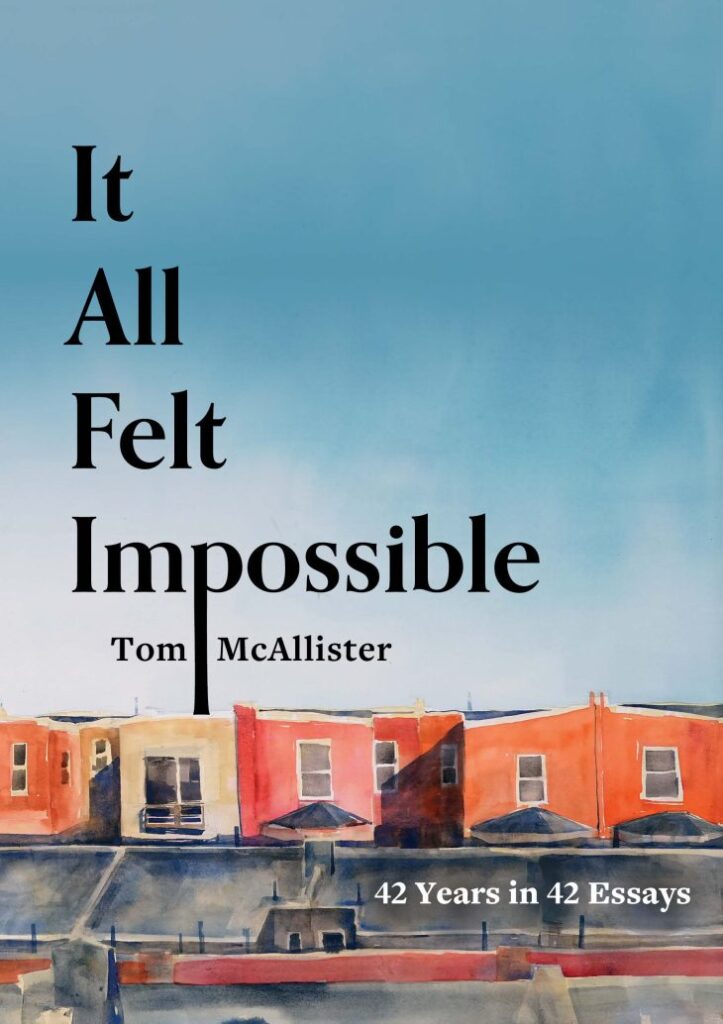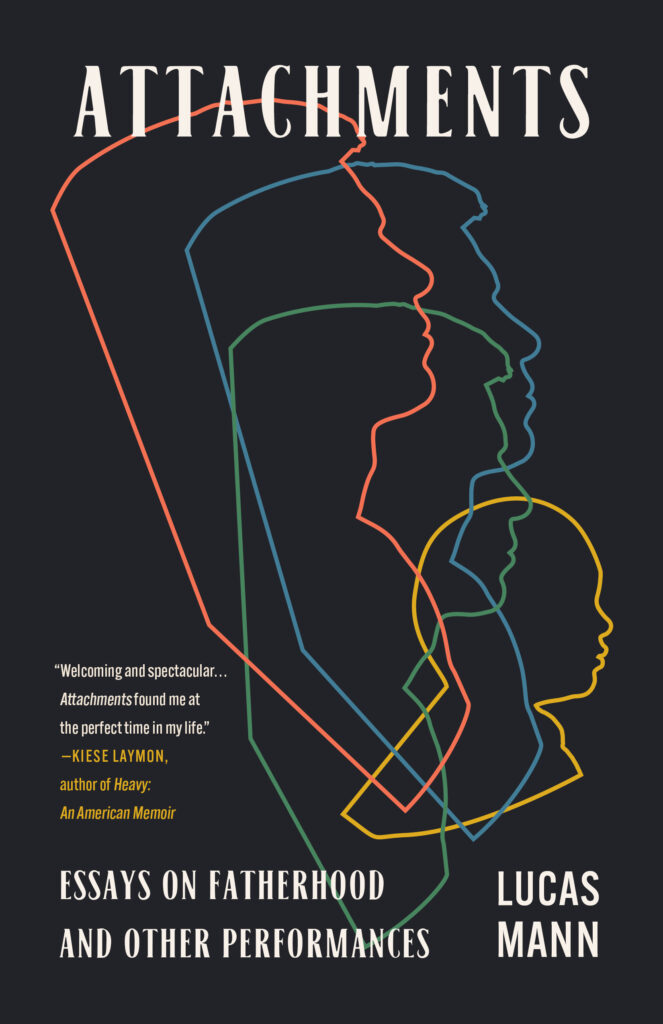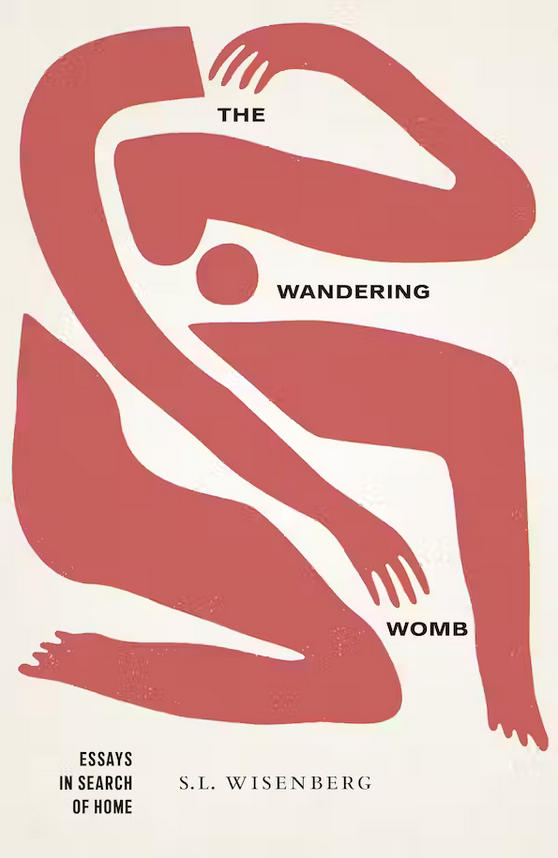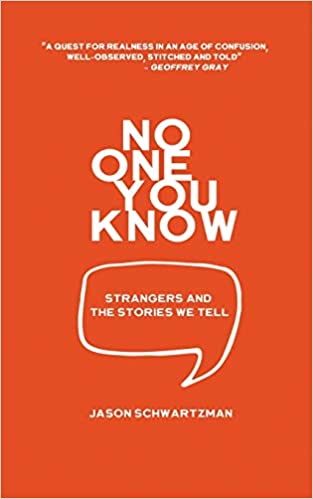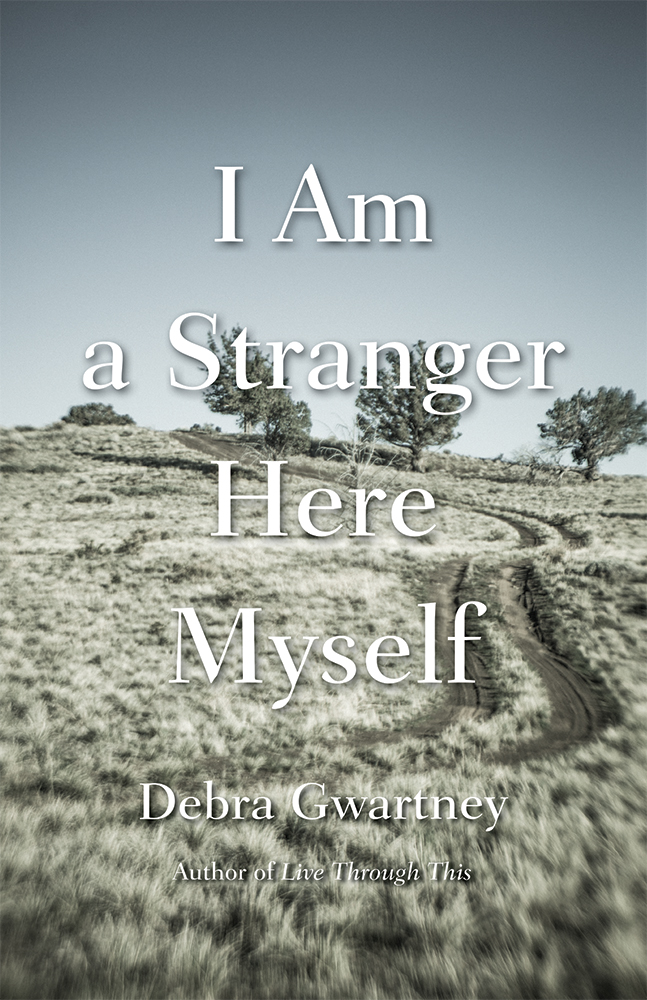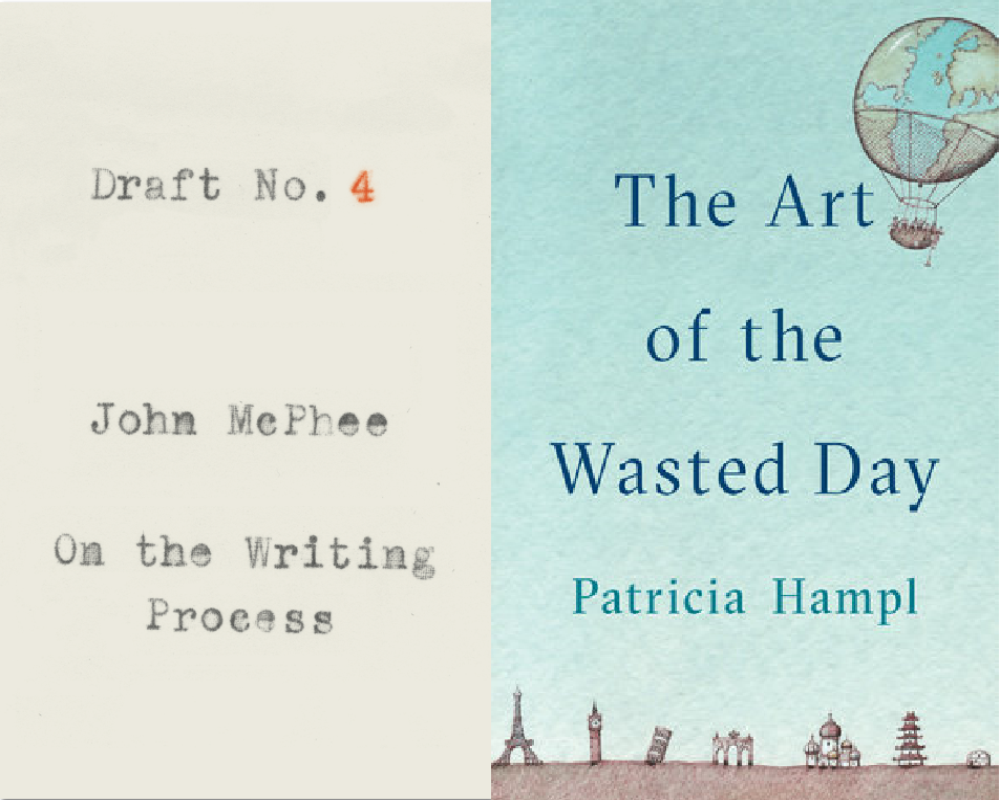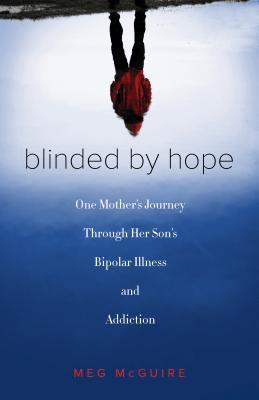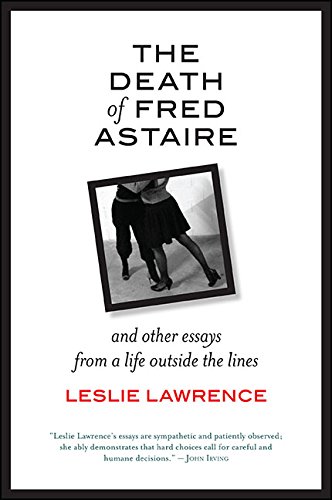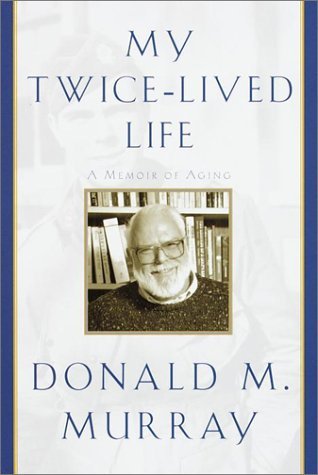By Katharine Coldiron
A Certain Loneliness by Sandra Gail Lambert
Sandra Gail Lambert is not interested in being anyone’s inspiration. If this review called her memoir in essays, A Certain Loneliness, inspiring, the author would recoil. That much is clear from a memorable scene in a laundromat where the author in her wheelchair is doing laundry. A stranger, so intrusive that it’s impossible even to describe her as well-meaning, uses every possible cliché to speak to her. “You are so inspiring,” the stranger says and the essay begins. Just when Lambert thinks she is rid of her, the worst happens:
My head is jerked forward as two arms snake around my neck, overlap on my chest, and squeeze. “Jesus loves you” comes a whisper in my ear, and the moistness of the woman’s breath drips onto my neck. The world contracts—I contract—to just the space between her arms. It’s as if there’s no air. I gasp and pull at the arms on my chest. They tighten in response. I try to yell, but my breath is too ragged. I’m sure I’m suffocating. One of the arms is near my teeth.
Like the author, A Certain Loneliness has teeth—and isn’t afraid to use them. This book is not a feel-good triumph-over-adversity memoir, but a genuine exploration of disability, with all accompanying pain and discomfort. If the reader sometimes feels the bite, the book has done its job.
Lambert does not specify when she contracted the polio that left her legs too weak to walk on, but she’s been on braces or crutches since early childhood. She also suffers from post-polio syndrome, the condition by which the body of a former polio patient gradually wears down over time. The patient’s body must work twice as hard to accomplish ordinary tasks, much less tasks that require strength. Wear and tear on the body, and thus pain, weakness, and recovery time, are also multiplied. There is no way to compensate for this deficiency, and the syndrome is progressive.
In A Certain Loneliness, this means that Lambert’s abilities narrow significantly over time. She must cope with living on disability payments rather than on an earned paycheck. She must learn to rest more and do less, as the recovery time for her illness encompasses more of her life. For example, setting the table and arranging her home for a dinner party takes several days of intermittent work and rest while a short kayaking trip entails weeks of rest, both before and after. Lambert gives up walking, making journals by hand, cooking, swimming, and so much more. Too much more.
One of the qualities of this book that keeps it from sheer despondency is the flexibility with which Lambert greets the challenges of her life. She must let go of what she enjoys, again and again, and in doing so, she demonstrates how ambition, coupled with a questing mind, adapts to a deteriorating body. She tries something and achieves it, and then cannot achieve it anymore as her body fails her, and so she tries something else. When she can no longer work at the bookstore she owns, she learns how to make her own paper from junk mail (!). Then it becomes too taxing to make paper. But she can still write, so she writes essays and a novel. She can’t swim anymore, but she can still kayak; even though she can’t walk from her wheelchair to her kayak to launch it, she can crawl and roll there. When people stare, she shrugs it off, though not without defensiveness.
So what that I don’t move the way he does. Why can’t people just deal with, admire even, someone figuring out how to do whatever it is they want to do? Why doesn’t he appreciate my skill, my ingenuity, my enthusiasm?
Yes, that would be nice. However, Lambert also understands, from the inside, that the world is built (cruelly) for people without disabilities; anything outside that norm is conspicuous. She comprehends, too, that she needs help to move from home to wheelchair to car to campsite, and that she cannot expect herself to do the same things people without her disability can do. Still, she is determined to be independent: “It made no sense to me to have the basics of my life dependent on someone else’s availability, goodwill, or whim.”
Lambert exposes the social conflicts and internal contradictions of disability with a skill and candor that few memoirs possess. For example, new friends don’t realize what she’s gone through to assemble a dinner party for four—weeks of preparation. When they remark that they almost skipped the dinner on a whim, their lack of appreciation shows. But it embarrasses her when old friends share a glance with her about how much this careless gesture would have hurt.
On camping trips, the friends who best understand her limitations are the friends whose help would injure her pride. She welcomes the aid of strangers but accepts it more resentfully because they know little about her struggle. These conflicts are delicate and painful and impossible to resolve; they change constantly as Lambert’s capacities diminish over time.
Her writerly navigation of all this is so graceful that the reader only sometimes notices how narrow her tightrope is. The chapter “Pass the Hemlock” starts at a support group and ends with a disability application. But in between, Lambert narrates a day near Christmas at her bookstore during which she talks on the phone with her self-centered, passive-aggressive mother.
I covered the receiver and mouthed “my mother” at the customer. She left the counter. I was being a terrible clerk. If I were my own employee, I would have fired myself. I uncovered the mouthpiece.
“Remember, Mother, those articles I gave you about post-polio. What they said about pacing oneself?” My voice, to my annoyance, had become wavery and high-pitched.
“Is that still going on?”
“What do you mean?”
“Are you still tired? This seems to be going on forever. All I ever hear from you is how tired you are.”
The customer returned, plopped a box of Georgia O’Keeffe note cards on top of her pile and waited.
“I have to go, Mother.” I tried not to sound like I was begging.
Lambert interweaves this emotional struggle with the physical struggle of getting around the store in a wheelchair. If the reader does not understand one struggle, she will likely understand the other, which adds resonance to both. Moreover, Lambert’s scenes are often sharply rendered, with strong verbs and musical sentences. She writes with particular beauty about her visits to Florida swamps and waterways.
Beside me, the shadowed greens of the high mangrove wall squawk and flutter. My pupils regain their size, and cormorants, great blues, and brown pelicans become visible in the twists of branches. Under the lowest prop roots, on a bird-foot-sized lift of mud, a night heron preens her wings.
However, despite the book’s ruthless honesty and its use of telling details, it fails to explain basic aspects of Lambert’s life. For instance, despite those scenes inside her bookstore, she doesn’t explain when she owned it, how she opened it, where it was located, or whether she closed or sold it. She tells us multiple stories of recreation in Florida, and how these adventures ended in triumph or in thousands upon thousands of mosquito bites, but she doesn’t tell us how she came to live in Florida in the first place.
The memoir recounts small parts of Lambert’s story in enormous detail; as miniature essays, the chapters are terrific. But as a book, it’s incomplete. If A Certain Loneliness took on fragmentation or indirect narration as one of its projects—if it were an experimental memoir, like Natalie Singer’s California Calling or Lidia Yuknavitch’s The Chronology of Water—these omissions would be less glaring. But in the light of such clean prose, in a book that employs traditional narration and short but unsplintered chapters, the missing practicalities of Lambert’s story are that much more obvious.
Nevertheless, A Certain Loneliness is an intriguing memoir. “Inspiring,” as I say, is the wrong word for it, even if the author could stomach that. “Revealing,” “intense,” and “uncompromising” are more accurate. Also “unusual,” as this book is about a condition that is now almost extinct. After infecting nearly 60,000 Americans in 1952, polio became uncommon by 1960, and was declared eradicated in the Americas in 1994. As polio and its aftereffects have vanished, so have stories of it, and this book records one of those stories, as it’s lived, with great precision. Lambert’s lessons in how she lives, how difficult every motion is when her body grows less and less useful every year, are enlightening, perhaps even necessary, for able-bodied readers.
Plenty of disorders require unusual rest periods in order for the patient to function: lupus, fibromyalgia, heart conditions, anemia, chronic fatigue syndrome. That Lambert’s is a vanishing condition makes her perspective unusual, but the frustration and emotional turmoil she suffers are perfectly common. Such results could stand to be better understood by the friends and loved ones of people with these conditions—or by anyone who has ever hugged a woman in a wheelchair without permission.
A Certain Loneliness by Sandra Gail Lambert
University of Nebraska Press
$19.95 Paperback | Buy Now!
Katharine Coldiron’s work has appeared in Ms., the Guardian, LARB, the Rumpus, the Kenyon Review, and elsewhere. She lives in California and at kcoldiron.com.


